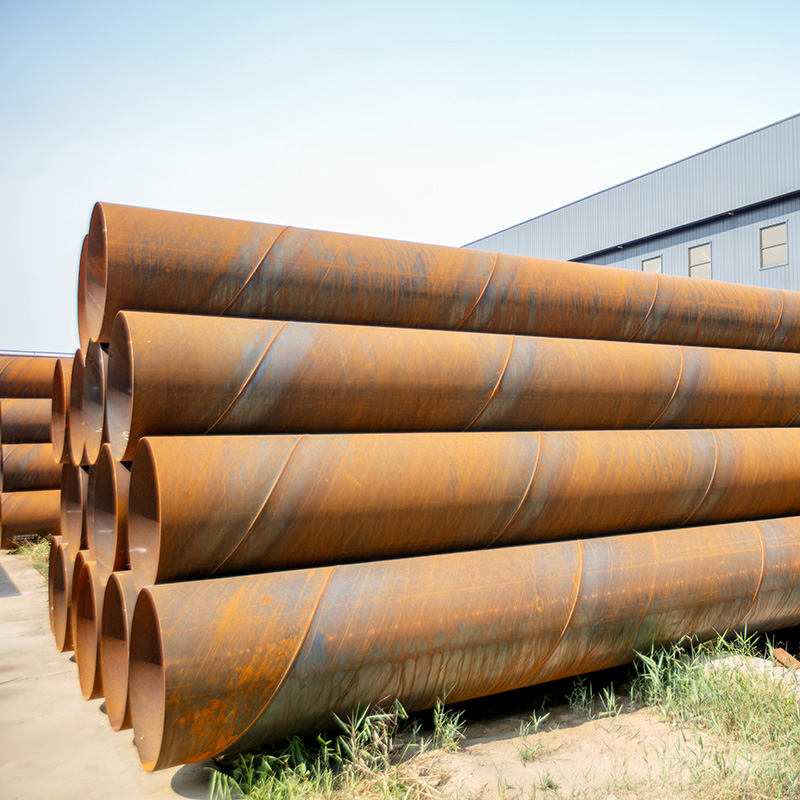Introduce:
In heavy-duty manufacturing, high-quality welding processes are critical to ensuring structural integrity and longevity. Among these processes, double submerged arc welded (DSAW) has gained wide recognition for its superior efficiency and reliability. This blog will take an in-depth look at the dynamic advantages of the DSAW process, exploring its technical complexities, applications and the benefits it brings to various industries.
Learn about the DSAW process:
Double submerged arc welded involves welding the inside and outside of a pipe or plate joint simultaneously, providing impeccable strength and durability. This process uses flux to protect the arc, further improving welding quality. By providing a constant, uniform weld deposit, DSAW creates a strong fusion between the base metal and filler metal, resulting in defect-free welds with excellent impact resistance.
Applications in heavy manufacturing:
The DSAW process finds widespread use in heavy-duty manufacturing applications where large, thick materials need to be joined together with maximum integrity. Industries such as oil and gas, shipbuilding, construction and infrastructure rely heavily on direct submerged arc welding to manufacture pipes, pressure vessels, structural beams and other critical components.
Advantages of double submerged arc welded:
1. Improve welding efficiency:
Welding both sides simultaneously allows for an efficient and time-saving process. This method can significantly increase productivity and complete projects faster, making it the first choice for large-scale construction.
2. Excellent welding quality:
DSAW’s continuous, uniform weld deposit produces exceptionally strong joints with few defects. Submerged arc welding allows for better control of welding parameters, resulting in improved weld quality, high precision and improved structural integrity.
3. Enhance mechanical properties:
DSAW welds offer excellent mechanical properties, including high impact strength, ductility and resistance to cracking under extreme conditions. These properties make DSAW suitable for applications requiring strong and reliable welds, especially in industries where safety and performance are critical.
4. Cost-effectiveness:
The efficiency of the DSAW process significantly reduces labor and production costs, making it a cost-effective option for heavy-duty manufacturing projects. Increased productivity and reduced rework ensure optimal utilization of resources, resulting in significant cost savings without compromising quality.
In conclusion:
Double submerged arc welding (DSAW) is the welding process of choice in heavy-duty manufacturing due to its superior properties and cost-effectiveness. Its unique ability to join large and thick materials while delivering superior weld quality makes it ideal for a variety of industries. Continuous advancements in DSAW technology continue to raise the bar for heavy-duty manufacturing, ensuring the creation of strong and durable structures that can stand the test of time.
Post time: Nov-06-2023

